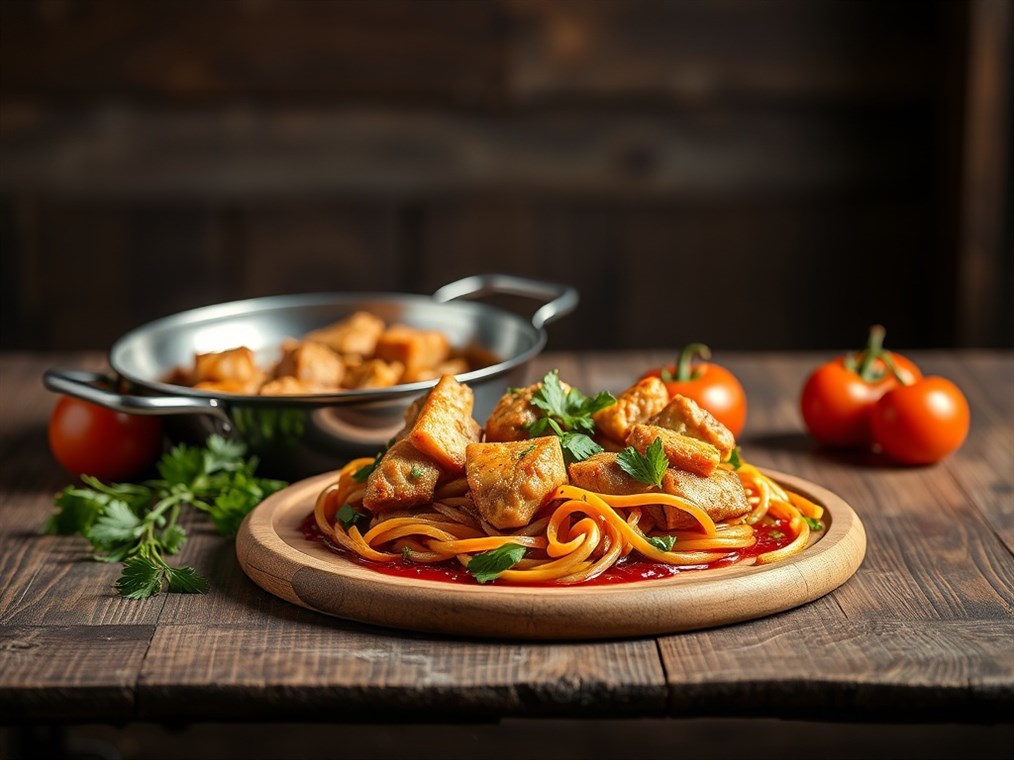What Exactly Does a Timbale Look Like? Let’s Dig In!
Okay, so you’ve heard the word “timbale,” and maybe you’re picturing something fancy. Well, you’re not entirely wrong! But it’s more versatile than you might think. “Timbale” actually refers to two things in the food world: the dish itself and the pan it’s baked in. Knowing the difference is key to understanding what we’re talking about here.
First, let’s talk about the dish. Basically, a timbale is a baked concoction – think of it like a dressed-up casserole or a savory pie with aspirations of grandeur. It’s all about the filling snuggled inside a delicious “crust.” Now, this “crust” isn’t always your grandma’s flaky pastry, though it can be. That’s where things get interesting. You see, the outer layer can be all sorts of things. We’re talking:
- Good ol’ pastry: Flaky, buttery goodness, or even pasta frolla if you’re feeling fancy.
- Bread: Yep, humble slices of bread can create a surprisingly awesome shell.
- Rice: Ever heard of Sartu di Riso? It’s a Neapolitan timbale where rice steps up to be the star of the show.
- Veggies to the rescue! Think layers of eggplant embracing the yummy filling inside.
- Crepes, anyone? Delicate crepes can form the base in some regions, adding a touch of elegance.
And the filling? Forget about boring! This is where the chef gets to play. Pasta, rice, potatoes – they’re all fair game. Then you toss in cheese, meat, fish, veggies, and a killer sauce to tie it all together. It’s a party in a dish! A timballo pattadese, for example, is all about the veal and tomato sauce. Or, if you’re feeling adventurous, try a timballo Alberoni with its mushroom and shrimp sauce. Seriously, the possibilities are endless.
So, what does it look like when it’s all said and done? Picture this: a golden-brown masterpiece, often shaped like a cylinder or a dome. And when you slice into it? Boom! Layers of crust and filling, a beautiful cross-section that’s almost too pretty to eat (almost!). I’m reminded of that passage in The Leopard where they describe a macaroni timbale. The “burnished gold of the crusts,” the inside bursting with “chicken-livers, hard-boiled eggs, sliced ham, chicken, and truffles in masses of piping-hot, glistening macaroni”… I mean, come on!
Now, let’s switch gears and talk about the pan. A “timbale” can also be the mold you bake the dish in. Traditionally, these pans are tall and round, kind of like a drum narrowing towards the bottom. In fact, that’s where the name comes from – the French word for kettledrum! But honestly, you can get creative. Bundt pans, angel food cake pans, springform pans – they all work! The pan you choose obviously changes the final shape. A cylindrical mold gives you that classic drum shape, while a springform pan might make it wider and shallower.
One last thing: remember that timbales have different names depending on where you are in Italy. You might hear them called timballo, timpano, bomba, tortino, sartù, or pasticcio. Each region has its own spin on the dish. In Sicily, for instance, they often use pasta and eggplant.
So, to sum it all up: a timbale is a golden-brown, often dome-shaped baked dish. Slice it open, and you’ll see gorgeous layers. The crust? Could be pastry, bread, rice, or even veggies! And the filling is a delicious mix of whatever the chef dreams up – pasta, meat, cheese, veggies… the sky’s the limit! Just remember that the pan you use plays a part in the final look, too. It’s a dish with history, versatility, and a whole lot of flavor!

